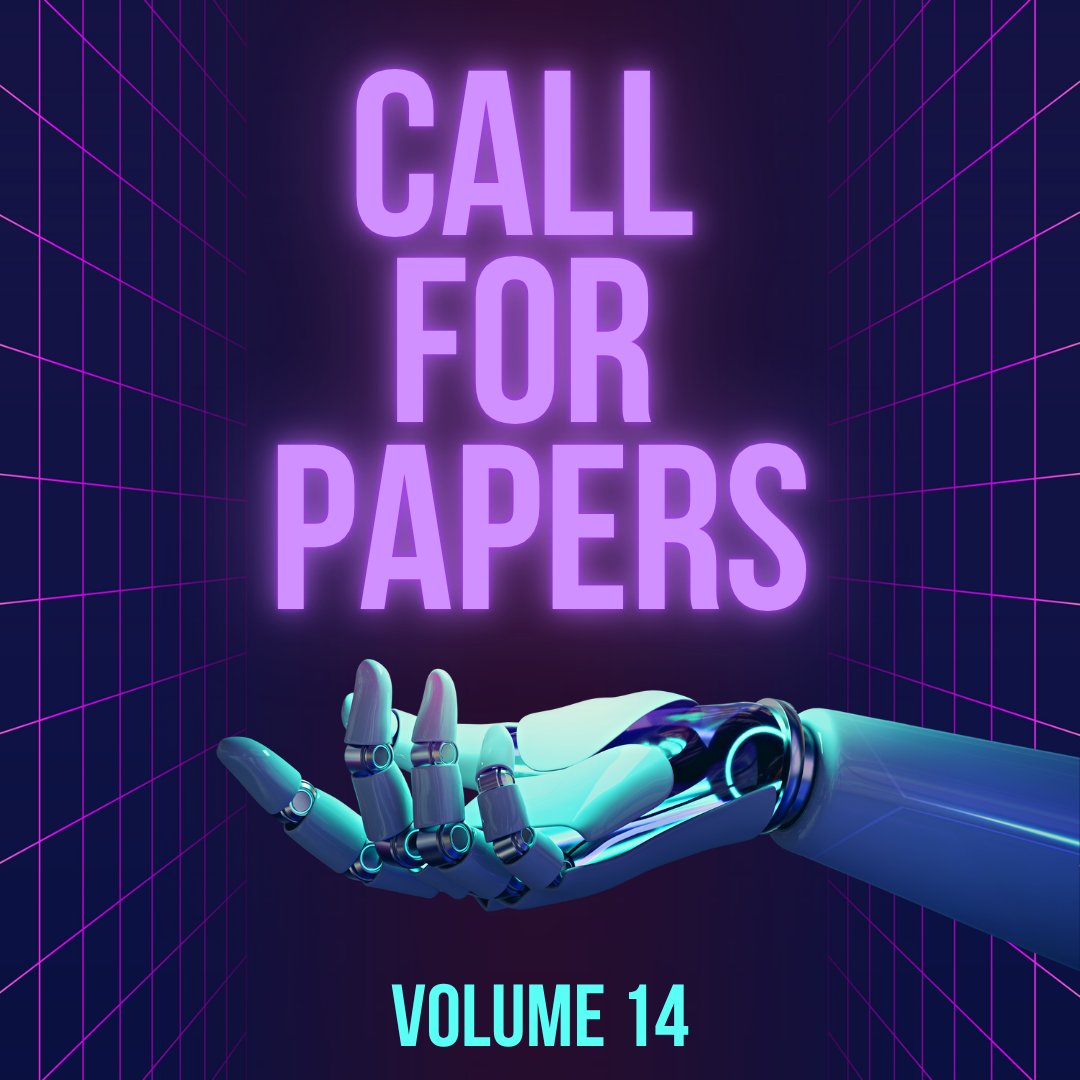Forecasting Of Intensive Care Unit Patient Heart Rate Using Long Short-Term Memory
Keywords:
Cardiac Arrest, Heart Rate, Vital Sign, MIMIC III, Recurrent Neural NetworkAbstract
Cardiac arrest remains a critical concern in Intensive Care Units (ICUs), with alarmingly low survival rates. Early prediction of cardiac arrest is challenging due to the complexity of patient data and the temporal nature of ICU care. To address this challenge, we explore the use of Deep Learning (DL) models, specifically Long ShortTerm Memory (LSTM), Bidirectional LSTM (BiLSTM), and Gated Recurrent Unit (GRU), for forecasting ICU patient heart rates. We utilize a dataset extracted from the MIMIC III database, which poses the typical challenges of irregular time series data and missing values. Our research encompasses a comprehensive methodology, including data preprocessing, model development, and performance evaluation. Data preprocessing involves regularizing and imputing missing values, as well as data normalization. The dataset is partitioned into training, testing, and validation sets to facilitate model training and evaluation. Fine-tuning of hyperparameters is conducted to optimize each DL architecture's performance. Our results reveal that the GRU architecture consistently outperforms LSTM and BiLSTM in predicting heart rates, achieving the lowest RMSE and MAE values. The findings underscore the potential of DL models, particularly GRU, in enhancing the early detection of cardiac events in ICU patients.



